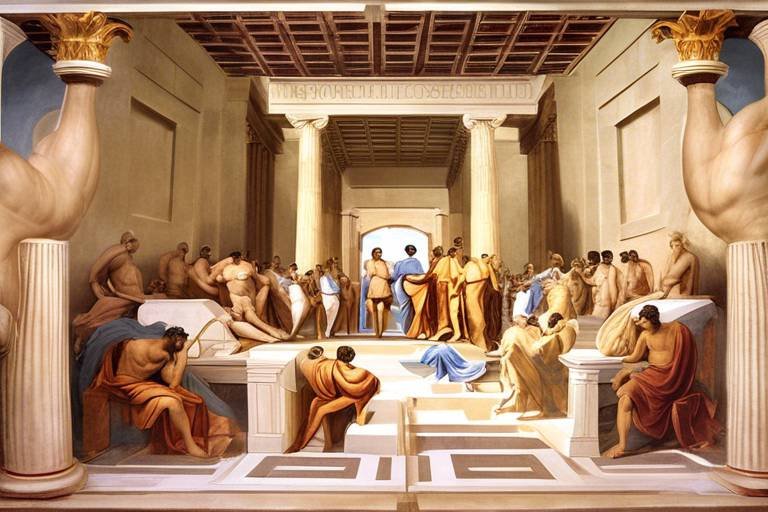The Discovery of the Ancient Roman City of Pompeii
Imagine stumbling upon a forgotten world frozen in time, a city once bustling with life now eerily preserved under layers of volcanic ash. This is the captivating tale of the ancient Roman city of Pompeii, a remarkable archaeological site that continues to captivate visitors with its rich history and tragic demise.
Founded around the 6th century BC, Pompeii flourished as a prosperous Roman city, renowned for its strategic location near the Bay of Naples and its vibrant cultural scene. Serving as a key commercial hub, Pompeii thrived with bustling markets, elaborate villas, and grand public buildings, reflecting the prosperity of the Roman Empire.
However, Pompeii's fate took a dramatic turn on that fateful day in 79 AD when Mount Vesuvius unleashed its fury in a catastrophic eruption. The volcano spewed ash, pumice, and molten rock, burying the city under a thick blanket of debris and preserving it in a time capsule for centuries to come.
The rediscovery of Pompeii in the 18th century marked a pivotal moment in the history of archaeology. Led by intrepid excavators, the ruins of Pompeii were gradually unearthed, revealing a treasure trove of artifacts, artwork, and architectural marvels that offered a glimpse into the daily life of ancient Romans.
Walking through the cobbled streets of Pompeii today, visitors can marvel at the well-preserved remains of grand villas, intricate frescoes, and even the haunting plaster casts of the city's residents caught in their final moments. Each artifact tells a story, shedding light on the sophisticated urban planning, artistry, and social dynamics of Pompeii's inhabitants.
Despite the remarkable preservation of Pompeii, the site faces ongoing challenges in terms of conservation and protection. Efforts to safeguard the ancient city from natural decay, environmental threats, and the impact of mass tourism require a delicate balance between accessibility and preservation.
As we reflect on the lessons learned from Pompeii's tragic fate, we are reminded of the fragility of human civilization in the face of natural disasters. The city's preservation serves as a poignant reminder of the importance of disaster preparedness, urban resilience, and the need to learn from the past to build a more sustainable future.
The legacy of Pompeii extends far beyond its ancient ruins, influencing art, literature, and popular culture to this day. From paintings depicting its dramatic destruction to novels capturing the lives of its inhabitants, Pompeii continues to inspire and intrigue, offering a window into a bygone era that still resonates with modern audiences.

History of Pompeii
Pompeii, a once-thriving Roman city, has a rich history that dates back to its establishment as a prosperous urban center. Situated near the Bay of Naples in Italy, Pompeii flourished as a commercial hub and cultural hotspot, attracting traders, artisans, and intellectuals from all corners of the Roman Empire. The city's strategic location facilitated trade and cultural exchange, making it a melting pot of diverse influences.
Over time, Pompeii evolved into a bustling metropolis with an intricate network of streets, marketplaces, temples, and residential buildings. Its architectural marvels, such as the amphitheater and the Temple of Apollo, showcased the city's grandeur and sophistication. Pompeii's vibrant social life and artistic achievements reflected the prosperity and creativity of its inhabitants.
However, Pompeii's fate took a tragic turn in 79 AD when Mount Vesuvius, the nearby volcano, unleashed a catastrophic eruption that buried the city under a thick blanket of volcanic ash and debris. The sudden disaster engulfed Pompeii in darkness and chaos, preserving its structures and artifacts in a time capsule of destruction.
The eruption of Mount Vesuvius not only brought an abrupt end to Pompeii's existence but also immortalized the city's final moments, offering modern archaeologists a unique glimpse into the daily life of its residents. The preserved ruins of Pompeii serve as a poignant reminder of the fragility of human civilization in the face of natural forces beyond our control.

Volcanic Eruption of Mount Vesuvius
The eruption of Mount Vesuvius in 79 AD is one of the most infamous natural disasters in history, forever altering the landscape and destiny of the ancient Roman city of Pompeii. The volcano's violent eruption spewed forth a deadly combination of ash, pumice, and volcanic gases, blanketing Pompeii in a thick layer of destruction. The sheer force of the eruption was cataclysmic, burying the city under several meters of volcanic debris and effectively freezing it in time.
The eruption of Mount Vesuvius was a terrifying spectacle, with ash and debris raining down on Pompeii and its inhabitants, causing widespread panic and devastation. The city's buildings, streets, and inhabitants were rapidly engulfed by the volcanic onslaught, leading to a tragic and sudden end for thousands of residents. The eruption's swift and overwhelming nature left little chance for escape, resulting in a haunting snapshot of life and death preserved for centuries beneath the volcanic remnants.
As the volcanic ash settled over Pompeii, it created a protective shroud that would ultimately serve as a time capsule, preserving the city's structures, artifacts, and even the remains of its inhabitants. This unique preservation allowed archaeologists and historians to uncover a remarkably detailed and intimate glimpse into daily life during the Roman Empire, capturing moments frozen in time by the eruption of Mount Vesuvius.
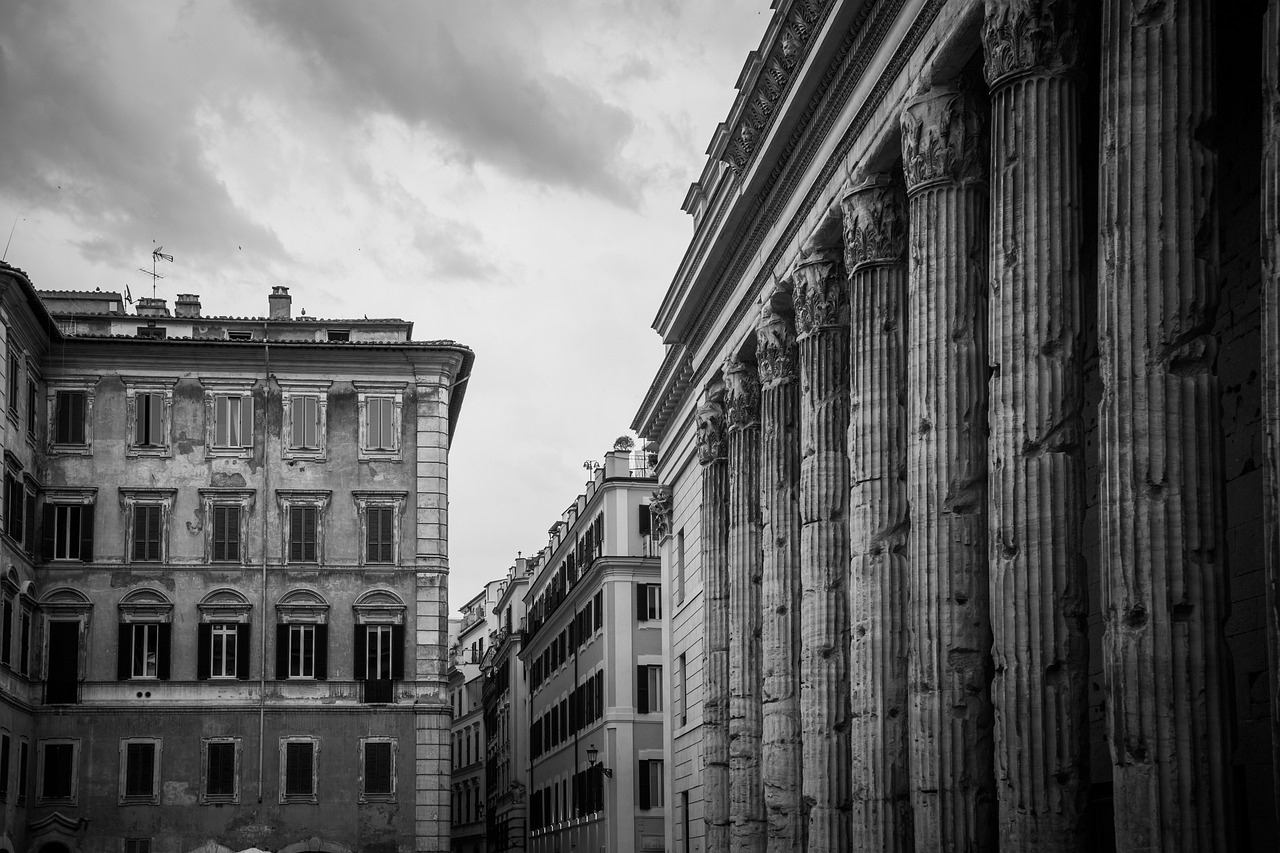
Rediscovery of Pompeii
The in the 18th century marked a pivotal moment in the history of archaeology and sparked a renewed interest in the ancient Roman city. The ruins of Pompeii, buried under layers of volcanic ash and pumice for centuries, were accidentally unearthed during the construction of a summer palace for the King of Naples. The accidental discovery revealed a remarkably well-preserved city frozen in time, offering a glimpse into the daily life and culture of the ancient Romans.
Archaeologists, including the pioneering work of Giuseppe Fiorelli, began extensive excavations of Pompeii, unearthing a wealth of artifacts, buildings, and artwork. The meticulous excavation process revealed streets lined with shops, luxurious villas adorned with colorful frescoes, and public buildings such as temples and amphitheaters. These discoveries provided valuable insights into the architectural styles, social structure, and religious practices of Pompeii's inhabitants.
The rediscovery of Pompeii not only captivated the imagination of the public but also raised awareness about the importance of preserving cultural heritage sites. The excavation efforts not only unearthed the ancient city but also highlighted the need for conservation and protection of Pompeii's fragile ruins. Today, ongoing preservation projects aim to safeguard the site from environmental threats and ensure that future generations can continue to explore and learn from this archaeological treasure.
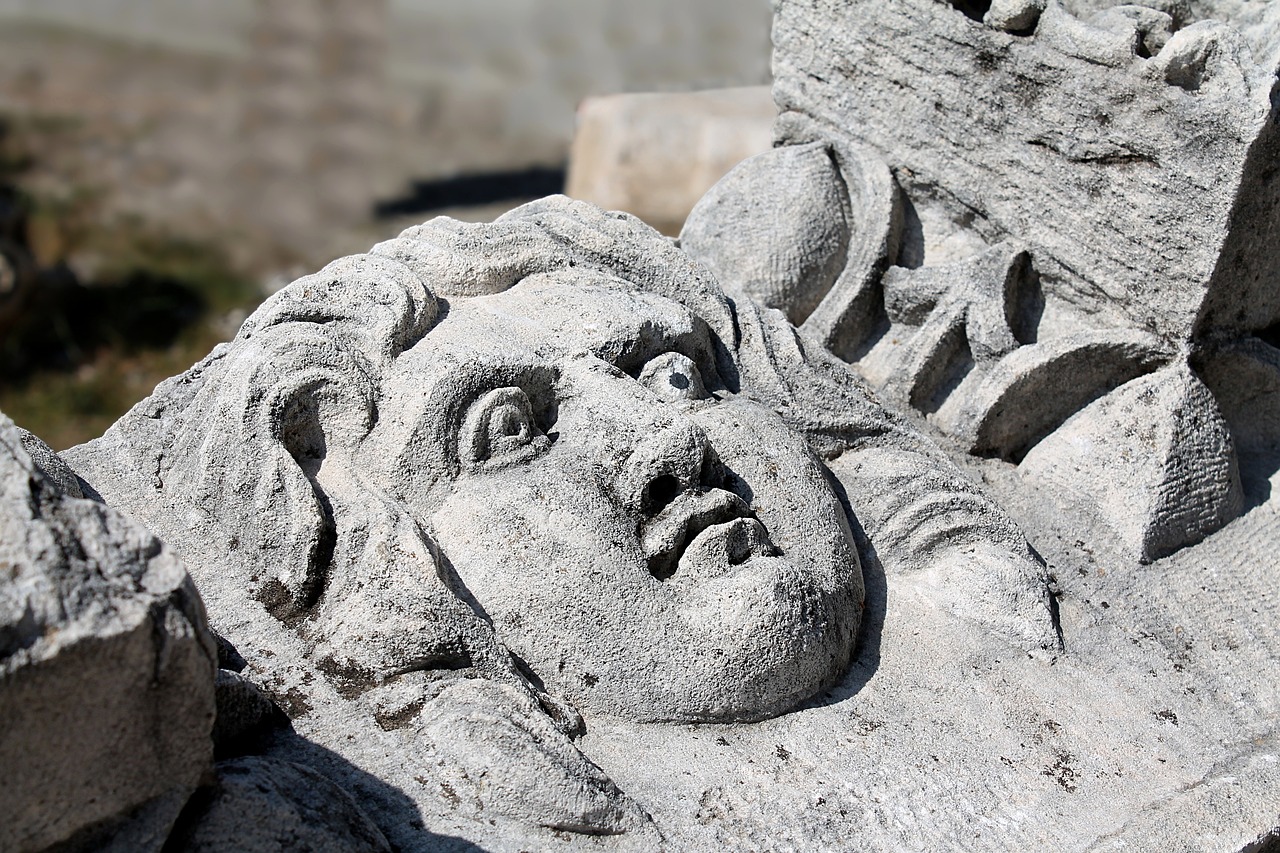
Archaeological Finds
When it comes to the archaeological finds in Pompeii, one cannot help but marvel at the wealth of discoveries that have provided invaluable insights into ancient Roman life. The excavations in Pompeii have unearthed a treasure trove of artifacts, frescoes, and structures that offer a glimpse into the daily activities and customs of the city's inhabitants.
Walking through the ancient streets of Pompeii, visitors can witness the intricate mosaics that adorned the floors of luxurious villas, depicting scenes from mythology and daily life. The well-preserved frescoes on the walls of houses and public buildings showcase the artistic prowess of Roman painters, capturing moments of beauty and drama with remarkable detail.
One of the most striking archaeological finds in Pompeii is the amphitheater, a grand structure that once hosted gladiatorial combats and other spectacles for the entertainment of the city's residents. The amphitheater stands as a testament to the vibrant social life of Pompeii and the importance of public entertainment in Roman society.
Additionally, the discovery of everyday objects such as pottery, tools, and household items provides a glimpse into the domestic activities and economic practices of Pompeii's inhabitants. These artifacts paint a vivid picture of a bustling city where commerce thrived, and people went about their daily routines with a sense of purpose and industry.
The archaeological finds in Pompeii not only offer a window into the past but also raise thought-provoking questions about the resilience of ancient civilizations in the face of natural disasters. The meticulous excavation and preservation of these artifacts serve as a reminder of the fragility of human existence and the enduring legacy of a city frozen in time by the catastrophic eruption of Mount Vesuvius.
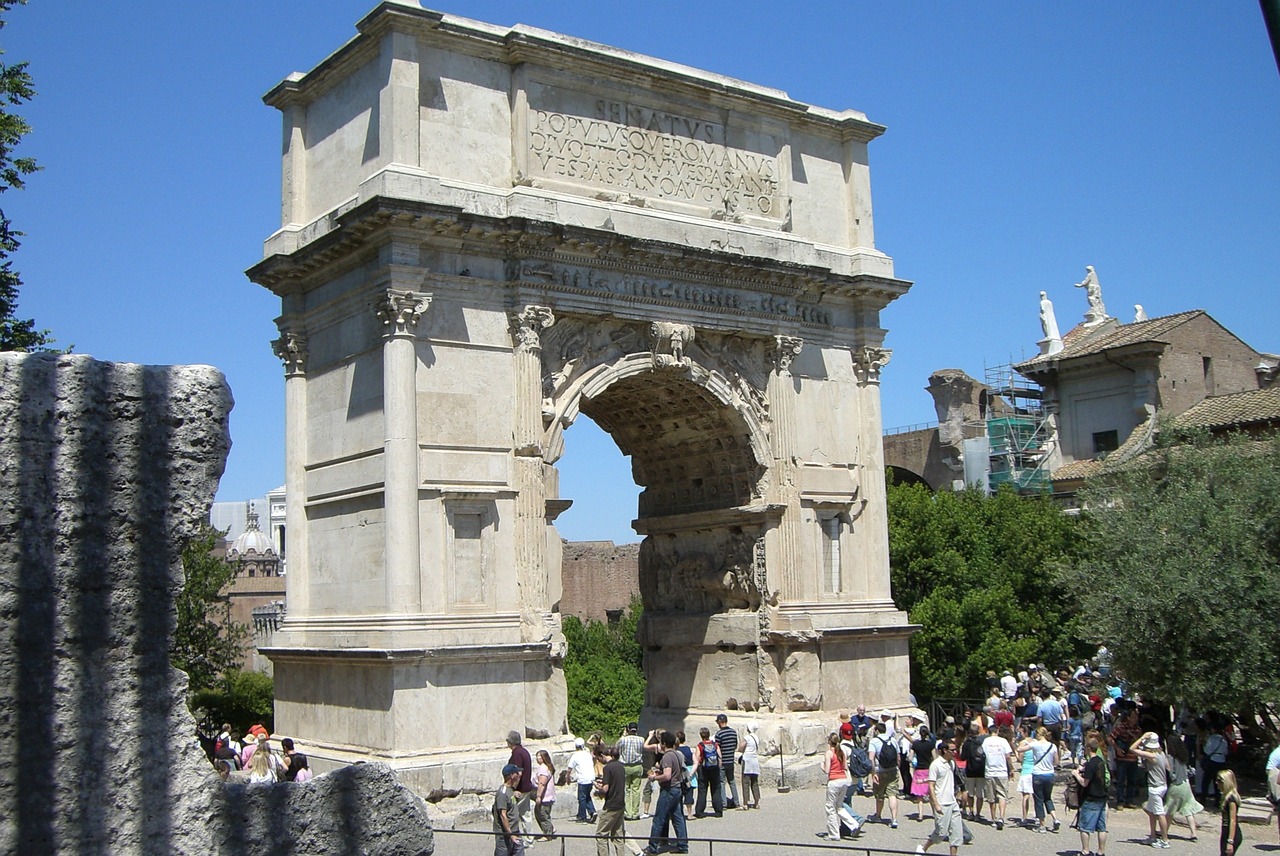
Preservation Efforts
Preservation efforts at Pompeii are crucial to safeguarding the ancient city's delicate remains from the ravages of time and modern influences. Conservation projects focus on maintaining the integrity of the structures, frescoes, and artifacts that provide invaluable insights into Roman life. These efforts involve a delicate balance between protecting the site and allowing visitors to experience its historical significance firsthand.
One of the main challenges faced in preserving Pompeii is the impact of natural elements, such as weathering and erosion, on the exposed ruins. Conservationists employ various techniques, including structural reinforcements and protective coverings, to shield the vulnerable remains from deterioration. Additionally, ongoing research and monitoring help identify areas of concern and guide preventive measures to ensure the long-term survival of Pompeii's treasures.
Another significant aspect of preservation efforts is managing the influx of tourists who visit Pompeii each year. While tourism contributes to the local economy and raises awareness about the site, it also poses risks to the fragile archaeological remains. Measures such as visitor regulations, guided tours, and educational programs aim to minimize the impact of foot traffic and prevent damage caused by overcrowding.
Environmental degradation, including pollution and climate change, further threatens the preservation of Pompeii. Collaborative initiatives with environmental experts seek to mitigate these risks and implement sustainable practices to protect the site for future generations. By raising awareness about the importance of conservation, Pompeii's legacy can be preserved for continued study and appreciation.
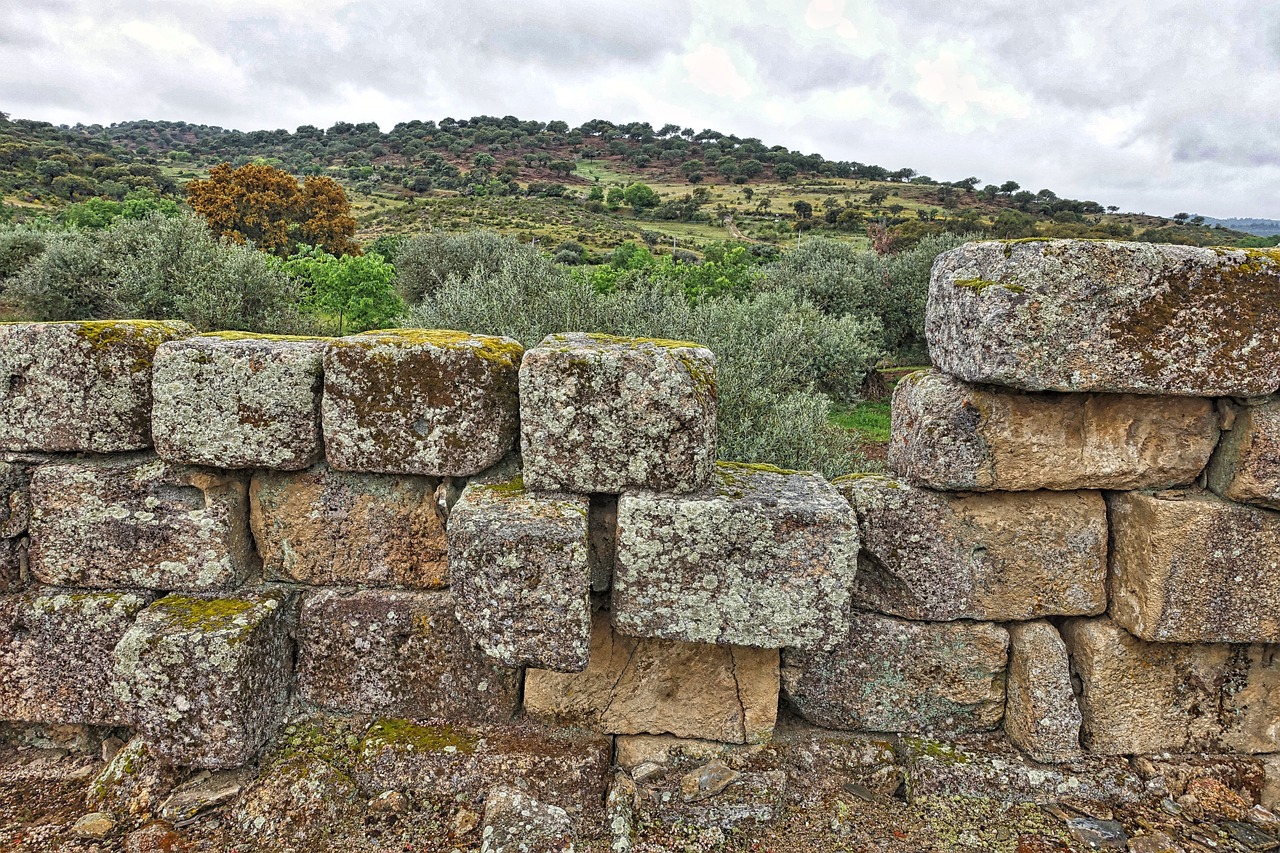
Tourism and Visitor Experience
When it comes to visiting Pompeii, tourists are met with a unique blend of awe-inspiring history and tragic destruction. The city's archaeological site attracts millions of visitors each year, eager to walk the ancient streets frozen in time by the eruption of Mount Vesuvius. As visitors wander through the remarkably preserved ruins, they are transported back to the vibrant days of the Roman Empire, gaining a firsthand glimpse into the daily lives of Pompeii's inhabitants.
One of the key challenges faced by tourism in Pompeii is striking a delicate balance between allowing visitors to experience the site firsthand and preserving its fragile remains. Conservation efforts aim to protect the ancient structures and artifacts from the wear and tear of mass tourism, ensuring that future generations can continue to learn from and appreciate the historical significance of Pompeii.
Guided tours offer visitors a deeper understanding of Pompeii's history, with knowledgeable guides providing insights into the city's layout, architecture, and customs. These tours not only enhance the visitor experience but also help raise awareness about the importance of responsible tourism in safeguarding cultural heritage sites like Pompeii.
For those seeking a more immersive experience, interactive exhibits and virtual reality tours provide a unique perspective on life in ancient Pompeii. By combining modern technology with historical storytelling, these innovative approaches allow visitors to engage with the past in a dynamic and engaging way, bringing the ancient city to life before their eyes.
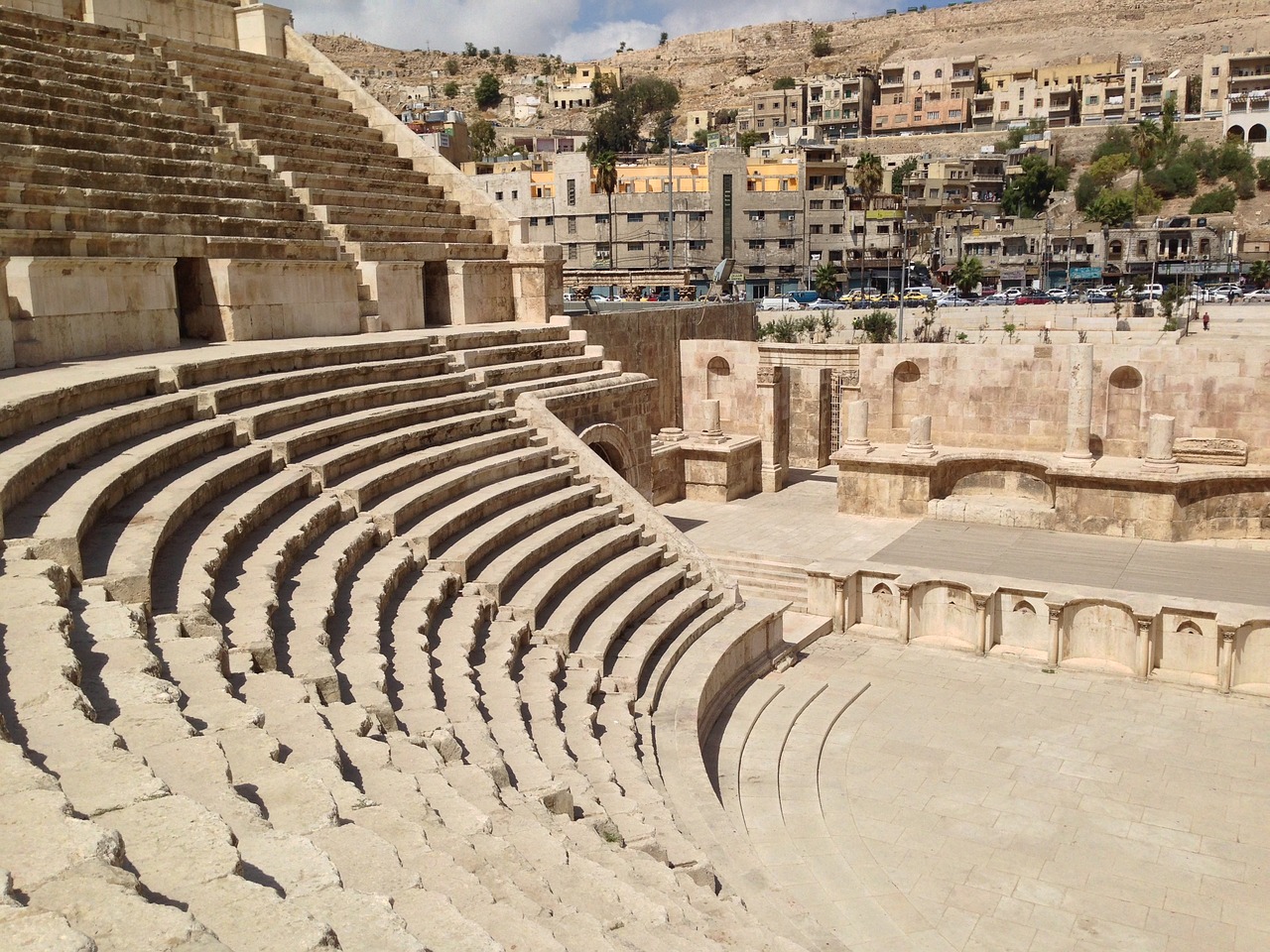
Lessons from Pompeii
When we look at the tragic fate of Pompeii, we are reminded of the importance of disaster preparedness and urban planning. The city's sudden destruction serves as a stark warning about the unpredictable forces of nature and the need for communities to be ready for any eventuality. Pompeii teaches us that even the most prosperous and thriving cities can be vulnerable to unforeseen disasters, urging us to prioritize safety measures and resilience in our modern cities.
Moreover, Pompeii offers invaluable insights into the daily lives of ancient Romans and how their society functioned. The preserved artifacts and structures provide a window into the past, allowing us to study their customs, beliefs, and technological advancements. By learning from Pompeii, we can better understand the evolution of human civilization and appreciate the resilience of ancient societies in the face of adversity.
One of the key lessons from Pompeii is the fragility of cultural heritage and the importance of preserving historical sites for future generations. The ongoing conservation efforts in Pompeii highlight the delicate balance between promoting tourism and safeguarding the integrity of the archaeological site. It prompts us to consider the ethical implications of mass tourism on cultural heritage and the need for sustainable management practices to protect our shared history.
Furthermore, the tragic fate of Pompeii serves as a cautionary tale about the consequences of environmental neglect and the impact of human activities on natural disasters. The city's destruction by Mount Vesuvius underscores the interconnectedness between humans and their environment, emphasizing the need for responsible stewardship of our planet to prevent similar catastrophes in the future.
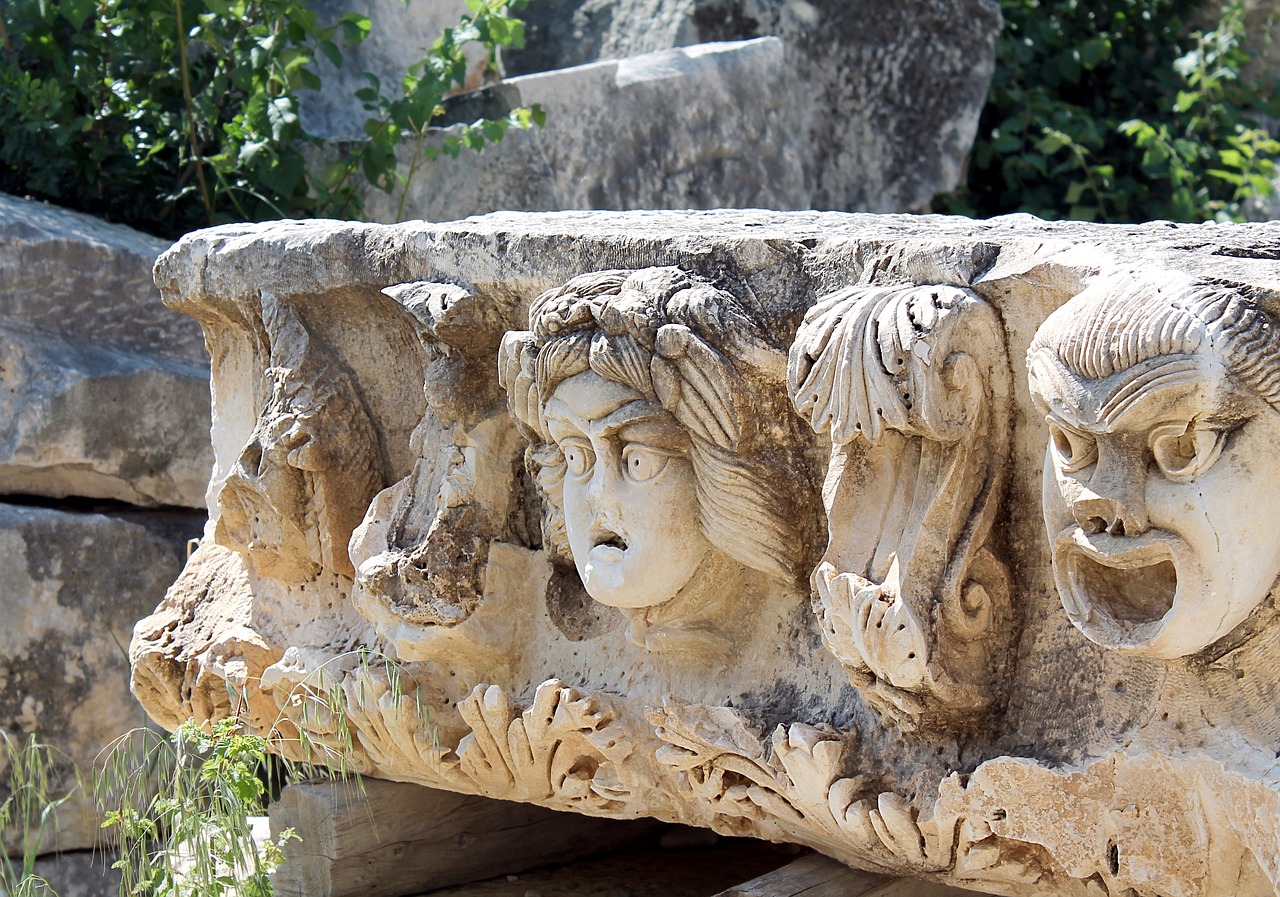
Legacy of Pompeii
The legacy of Pompeii extends far beyond its ancient ruins, resonating through art, literature, and popular culture with a profound impact. The city's tragic fate has inspired countless artists, writers, and filmmakers, capturing the imagination of people worldwide. Pompeii's preserved remnants serve as a time capsule, offering a glimpse into the daily lives of ancient Romans and sparking curiosity about the past.
Artists have been particularly drawn to Pompeii's story, using its ruins as a backdrop for their creations. Paintings, sculptures, and other artworks often depict the city's dramatic destruction, emphasizing the fragility of human civilization in the face of natural disasters. The haunting beauty of Pompeii's ruins has inspired awe and contemplation, prompting viewers to reflect on the impermanence of life and the enduring power of nature.
Literature has also been deeply influenced by Pompeii, with writers weaving its tale of tragedy and resilience into their narratives. From historical novels set in ancient Rome to modern-day mysteries centered around the city's secrets, Pompeii continues to captivate readers with its blend of history and mystery. The evocative setting of Pompeii has become a symbol of lost civilizations and the unpredictability of life, resonating with audiences of all ages.
In popular culture, Pompeii's legacy lives on through movies, TV shows, and even video games that reimagine the city's final days. These creative interpretations bring Pompeii's story to new audiences, sparking interest in archaeology, history, and the human experience. The allure of Pompeii lies in its ability to transport us to a bygone era, where ancient lives intersect with modern fascination, creating a tapestry of stories that continue to inspire and intrigue.
Frequently Asked Questions
- What is the history of Pompeii?
The history of Pompeii dates back to its foundation as a prosperous Roman city, known for its commercial activities and cultural significance in the region.
- How was Pompeii buried?
Pompeii was buried under layers of ash and pumice during the catastrophic eruption of Mount Vesuvius in 79 AD, preserving the city in time.
- What were some of the archaeological finds in Pompeii?
Archaeologists unearthed remarkable artifacts, frescoes, and structures in Pompeii, providing insights into ancient Roman architecture, art, and daily life.
- What are the challenges in preserving Pompeii?
Preserving Pompeii faces challenges from natural elements, tourism impact, and environmental degradation, requiring ongoing conservation efforts.
- How does tourism impact Pompeii?
Tourism plays a significant role in Pompeii's economy but also poses challenges in balancing visitor access with the preservation of the archaeological site.
- What lessons can we learn from Pompeii?
Pompeii's tragic fate offers insights into disaster preparedness and urban planning, informing modern understanding of such critical aspects.
- What is the legacy of Pompeii in contemporary society?
Pompeii's legacy resonates in art, literature, and popular culture, influencing modern society's fascination with the ancient world and its mysteries.


